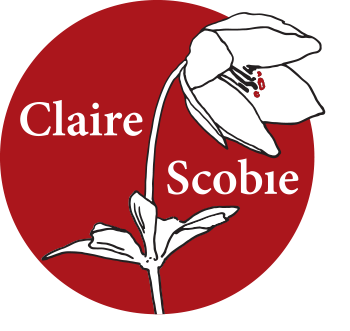16 Dec How to write a winning proposal
 It’s taken me a bit longer to get there, but here are my tips on how to write that outstanding proposal.
It’s taken me a bit longer to get there, but here are my tips on how to write that outstanding proposal.
Firstly, writing and re-writing a proposal can take several months. Whether you pitch to a publisher or an agent, you usually only have one shot, so make it your best.
Your proposal sells your book idea and you as the author. Use the proposal to show off your writing, so the reader gets a sense of your voice as well as your story.
It requires considerable planning, market research and forethought. You need to persuade whoever reads it that:
- your book stands above the crowd
- has commercial potential i.e will sell several thousand copies
- why you rather than someone else is the right person to write this book
- why the publisher you’ve approached should publish it.
CONTENTS OF THE PROPOSAL
- THE OUTLINE
This is an overview of the entire book and sells the concept. It can be up to five/six pages long (double-spaced). It will answer how your book will benefit readers. i.e how does it tell the world about India in a way that no other writer does. What is the book’s unique contribution? How have you told the story in an original way?
In the outline you can also say what sort of book it is: i.e a pocket-sized guidebook or an average paperback. How many pages? Most travel memoirs are around 200 – 250 pages.
You can also mention how far into the manuscript you are. Do you still have more trips to do? Or is it written? What is the date you expect to finish?
Conclude with something compelling about your book. Make the reader want to know more.
- YOUR BIOGRAPHY
This needs to emphasise how your life experience has given you the tools to write this book. This is generally written in the third-person. i.e as ‘he/she’ not ‘I’. Although if you want to be more informal, you can write as ‘I’.
- MARKETING INFORMATION
Here you spell out why you think your book will sell, how it differs—or is similar—to other titles on the market. Include any books in competition to yours and after briefly describing them, emphasise your point of difference.
Show how your book fills a niche. i.e when I put my proposal together for Last Seen in Lhasa, I mentioned that it was similar to Tibet, Tibet by Patrick French because it was written with authority, but that my story was more personal and about a friendship between two women. In my case I chose Tibet, Tibet because it had recently been published and was selling very well.
Indicate your target audience. If your book is about mountaineering, find some stats on how many Australians belong to mountaineering groups. The more different groups you can identify who will read your book, the more likely the marketing department will say yes. Don’t be afraid to put together a solid marketing plan with graphics, figures and charts if that’s your style.
If you already have a following through your website or database, spell out the numbers. If you know people who can endorse your book, say so.
- BREAKDOWN OF CHAPTERS
Give a brief detailed description of each chapter in a paragraph or two. Include snappy chapter headlines if you can. If you are putting together a proposal for a business book, it’s fine to use lists or bullet-points. For a memoir, it’s important to show the narrative quality of your writing.
- SAMPLE CHAPTERS
Include no more than three sample chapters, up to 10,000 words (although around 5,000 words is usually okay.)
- PRESS CLIPPINGS
Include any relevant press clippings about you and your work.
- COVERING LETTER
Make your covering letter brief. Ensure all your contact details are there. Simple, but easily overlooked!
Ensure it looks professional. Read any guidelines on the publisher’s website about how they like proposals presented: usually it is double-spaced, sometimes they ask for an sae.
Get it proof-read by someone you trust.
Lastly, send it to the right editor/publisher—someone who commissions non-fiction books.
Phew! No wonder it took me a couple of weeks to get to this post.
Any other advice, feel free to comment.
